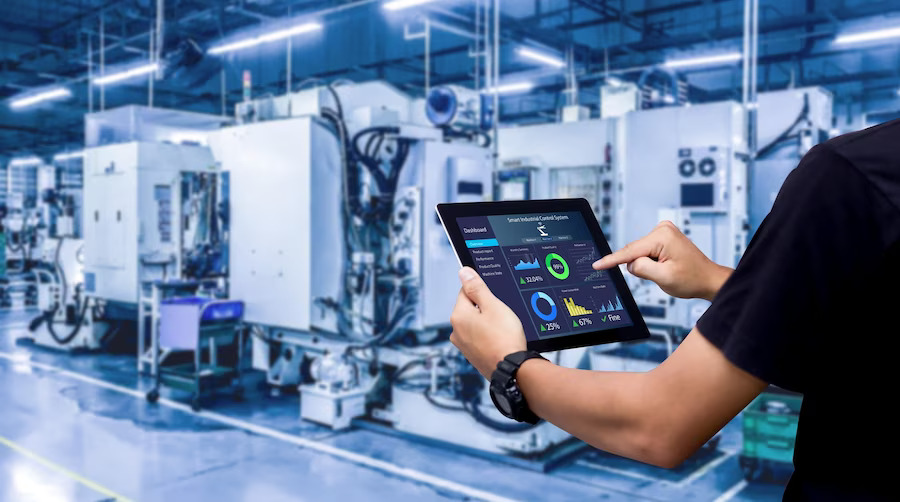
Modern manufacturing and production lines are constantly evolving. The drive for greater productivity and consistency is a global pursuit, and Thailand’s industrial sector is a significant part of this transformation. Factories are looking for ways to improve output, reduce errors, and create safer working environments for their employees. This is where advanced technology plays a vital role.
The implementation of industrial automation is a primary method for achieving these goals. It involves using control systems, such as computers or robots, and information technologies to handle different processes and machinery in an industrial setting. This replaces repetitive manual tasks and allows human workers to focus on more complex, value-added responsibilities.
From automotive assembly to food processing, the benefits of this technological shift are clear. Integrating automated systems helps streamline operations, leading to faster production cycles and higher quality products. For Thailand, a major hub for automotive and electronics manufacturing, embracing industrial automation is fundamental to maintaining a competitive edge in the global market.
Boosting Productivity and Output
One of the most significant advantages of automation is its ability to operate continuously. Automated systems can run 24 hours a day, seven days a week, without breaks or fatigue. This leads to a substantial increase in production capacity. In sectors like food and beverage production, automated bottling and packaging lines can process thousands of units per hour with precision, far exceeding manual capabilities.
This continuous operation ensures that production targets are met more reliably. It also allows businesses to respond quickly to changes in demand. For example, during peak seasons, an automated factory can scale up its output without the same logistical challenges as hiring and training a large temporary workforce. The result is a more agile and productive operation.
Improving Quality and Consistency
Human error is a natural part of any manual process. In manufacturing, small mistakes can lead to defects, waste, and increased costs. Automation minimises these risks by performing tasks with a high degree of accuracy and repeatability. Robotic arms, for instance, can weld, paint, or assemble components with the same precision every time.
This consistency is vital in industries where standards are exceptionally high, such as electronics manufacturing. An automated system can place microscopic components onto a circuit board with an accuracy that is impossible to achieve by hand. This leads to a higher quality final product, fewer defects, and greater customer satisfaction. By ensuring every product meets the exact same specifications, businesses can build a strong reputation for reliability.
Creating Safer Workplaces
Many industrial jobs involve tasks that are physically demanding, repetitive, or hazardous. Automation can take over these roles, protecting workers from potential injury. Robots can handle heavy lifting, work with dangerous chemicals, or operate in extreme temperatures. This significantly reduces the risk of workplace accidents.
By shifting employees away from these dangerous tasks, companies can reassign them to roles that require problem-solving, oversight, and creativity. This not only makes the workplace safer but also creates more engaging and fulfilling jobs for the human workforce.
